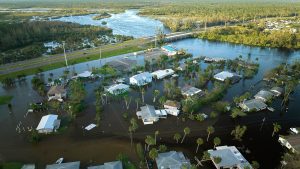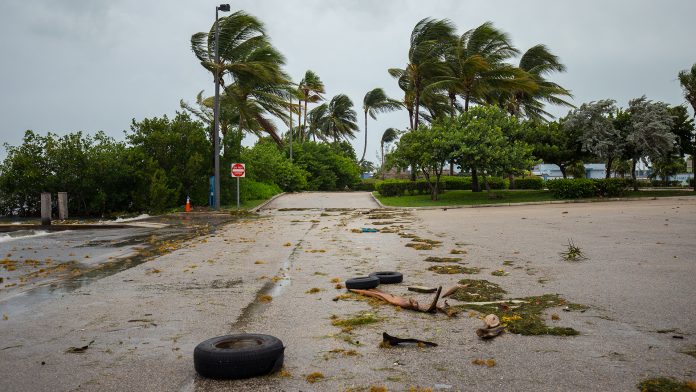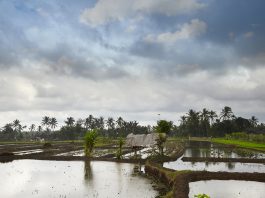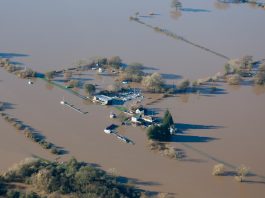According to researchers, combining satellite technology with Machine Learning could help scientists better track and prepare for climate-induced natural hazards.
Over the last few decades, rising global temperatures have caused many natural hazards like hurricanes, snowstorms, floods, and wildfires to grow in intensity and frequency. Although these natural phenomena cannot be prevented by humans, the rapidly increasing number of satellites that orbit the Earth from space provides a great opportunity to monitor their evolution.
Research presented last month at the annual meeting of the American Geophysical Union has indicated that satellites can be combined with Machine Learning to prepare for these ever-increasing natural hazards. This would allow people in the area to make informed decisions, improving the effectiveness of local disaster response and management.
“Predicting the future is a pretty difficult task, but by using remote sensing and Machine Learning, our research aims to help create a system that will be able to monitor these climate-induced hazards in a manner that enables a timely and informed disaster response,” said CK Shum, co-author of the study and a professor at the Byrd Polar Research Center and in earth sciences at The Ohio State University.
The team tested a range of methods for natural hazard monitoring
To study climate-induced natural hazards, Shum’s research focused on geodesy – the science of measuring the planet’s size, shape, and orientation in space. The team conducted several case studies using geodetic data gathered from various space agency satellites to test whether a mix of remote sensing and deep Machine Learning analytics could accurately monitor abrupt natural hazards, including floods, droughts, and storm surges.
These methods were utilised in one of the team’s experiments to determine whether radar signals from Earth’s Global Navigation Satellite System (GNSS), which were reflected over the ocean and received by GNSS receivers located at towns offshore in the Gulf of Mexico, could be used to track hurricane evolution by measuring rising sea levels after landfall.
The team studied how seven storms between 2020 and 2021, including Hurricane Hana and Hurricane Delta, affected coastal sea levels before they made landfall in the Gulf of Mexico. Through monitoring these complex changes, the team found a positive correlation between higher sea levels and how intense storm surges were.

Over the past two decades, NASA and the German Aerospace Center’s Gravity Recovery And Climate Experiment (GRACE) mission, and its successor, GRACE Follow-On, have been used to monitor changes in Earth’s mass. However, so far, they have only been able to view the planet from a little more than 400 miles up. The team used data from both satellites but used deep Machine Learning analytics to reduce the resolution to about 15 miles, improving society’s ability to monitor natural hazards.
“Taking advantage of deep Machine Learning means having to condition the algorithm to continuously learn from various data inputs to achieve the goal you want to accomplish,” Shum said.
In this case, the researchers were able to use satellites to quantify the path and evolution of two Category 4 Atlantic hurricane-induced storm surges during their landfalls over Texas and Louisiana – Hurricane Harvey in August 2017 and Hurricane Laura in August 2020, respectively.
Satellite data should be made more readily available to scientists
In the future, accurate measurements of these natural hazards could help improve hurricane forecasting. However, in the short term, the researchers would like to see countries and organisations make their satellite data more readily available to scientists, as projects that depend on deep Machine Learning often need large amounts of wide-ranging data to help make accurate forecasts.
“Many of these novel satellite techniques require time and effort to process massive amounts of accurate data,” said Shum. “If researchers have access to more resources, we’ll be able to potentially develop technologies to better prepare people to adapt, as well as allow disaster management agencies to improve their response to intense and frequent climate-induced natural hazards.”









